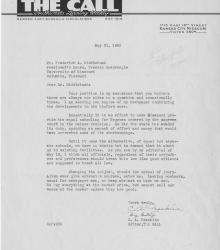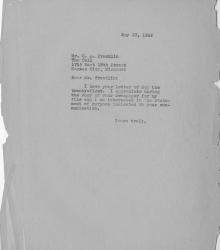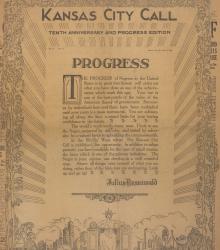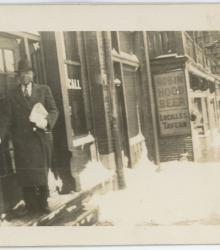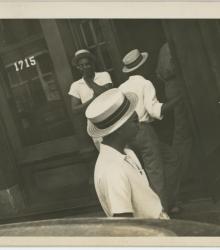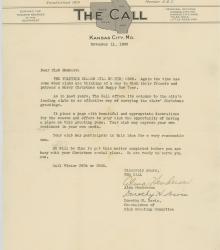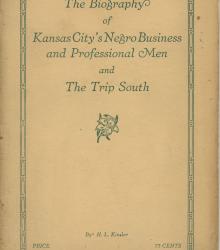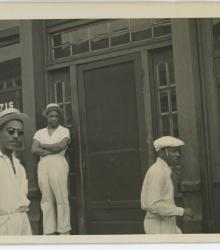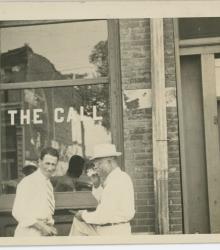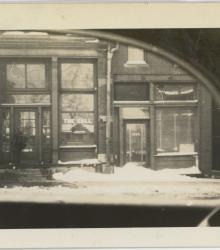Chester Arthur Franklin was a leading African American editor and publisher of the Kansas City Call, who used his newspaper platform to advocate for systemic change and equity, both for Kansas City’s black community and for African Americans nationwide. By the time of his death in 1955, Franklin had served as a prominent publisher over 30 years and was heavily impressed in Kansas City’s memory as an editor, activist, and leader.
Kansas City Call
Letter from Kansas City Call editor Chester A. Franklin to University of Missouri president Frederick A. Middlebush, discussing the importance and impetus of the Lucile Bluford case against the university.
Letter from University of Missouri president Frederick A. Middlebush to Kansas City Call editor Chester A. Franklin in response to Franklin's letter of May 21.
Tenth Anniversary and "Progress Edition" of the Kansas City Call newspaper. The paper includes stories about crime and political news, social and church updates, sports stories, and advertisements for local businesses, groceries, and cosmetic products. A spread on page B-3 includes a statement from editor and publisher C. A.
Photograph of Chester A. Franklin standing by the door of the Kansas City Call Building. The vantage point faces west on the south side of 18th Street with Lucille's Tavern in the background.
Photograph of men standing outside of, and entering, the Kansas City Call Building. This vantage point faces south from 18th Street between Woodland Avenue and Highland Avenue.
Letter from Alma Henderson and Dorothy H. Davis, co-chairmen of The Call's Club Greeting Committee, to members of local clubs regarding the possibility of placing Christmas greetings and other messages in the paper during the holiday season.
Inside cover describes the volume as "the story of a trip South that was taken April 9, 1920, by 27 Negro Business and Professional Men of Kansas City and the Biography of each..." The story was published as a serial in the Kansas City Call. The back of the booklet contains advertisements for a number of local businesses.
Photograph of men standing outside of the Kansas City Call Building. This vantage point faces south from 18th Street between Woodland Avenue and Highland Avenue.
Photograph of men standing in front of the Kansas City Call Building on 18th Street.
Photograph of the exterior of the Kansas City Call building that appears to have been taken from inside an automobile.
